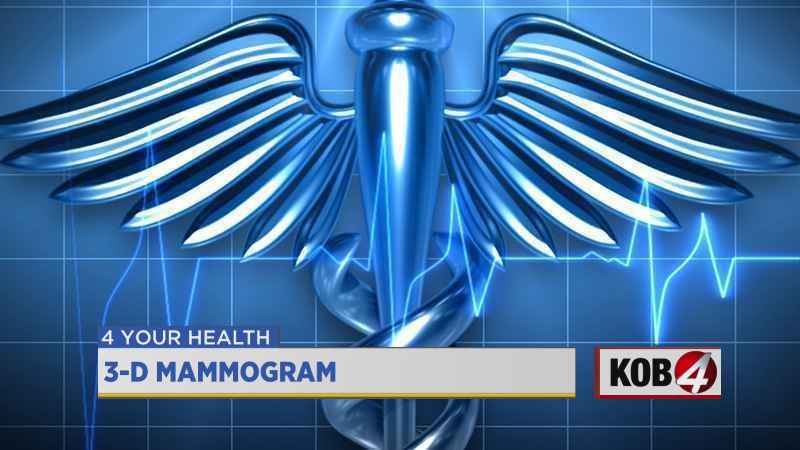Emerging mammogram technology provides more in-depth, efficient results for women
ALBUQUERQUE, N.M. – Ahead of Breast Cancer Awareness Month in October, doctors are shining a light on a type of mammogram with emerging technology.
3-D tomosynthesis, also known as a 3-D mammogram, has been approved by the FDA since 2011. The technology provides a deeper look at breast tissue to detect any cancerous cells.
"The so-called 3-D technology allows you to, much like a CT scan, take several very thin slices through an arc of imaging a range of different projections and then all put together through the computer software," Dr. Stephanie Fine, of UNM Hospital said. "It gives you a much better picture of anything that’s going to stand out like the density within dense tissue might stand out much better in this mode than it does on the routine digital mammography."
In 2015, UNM Comprehensive Cancer Center received $250,000 in state funding to study 3-D mammogram’s impact. The funds also study whether the mammograms provide improved cancer detection rates or improved recall rates, the latter being when a patient goes back for additional imaging because it was unclear if there was something unusual during the first time.
"Fewer people had to come back in," Fine said. "We feel that makes a difference in New Mexico’s rural populations or in single women who have childcare duties and work duties."

To prevent breast cancer, mammograms are highly encouraged. Hospitals, however, are seeing a huge drop in women getting those check-ups because of issues such as time constraints.
"They have a lot going on in their lives and it’s hard to come back for those repeat exams. Everyone has difficulty making appointments, especially now, and the anxiety of waiting is very telling. It’s horrible."
In addition to time, another concern is cost. The exam is covered by some insurers but some people could face an extra fee depending on their plan.
"If insurance was going to pay for it, that was great and they were all in," Fine stated. "If not, many of them indicated they would actually try to scrape together the extra funds to get it as an extra add-on to their regular mammogram."
NMDOH has a Breast and Cervical Cancer Early Detection program that provides resources for low-income women, including eligiblity and where to schedule a screening. For more information about UNM’s resources, including scheduling a mammogram appointment, visit their website.